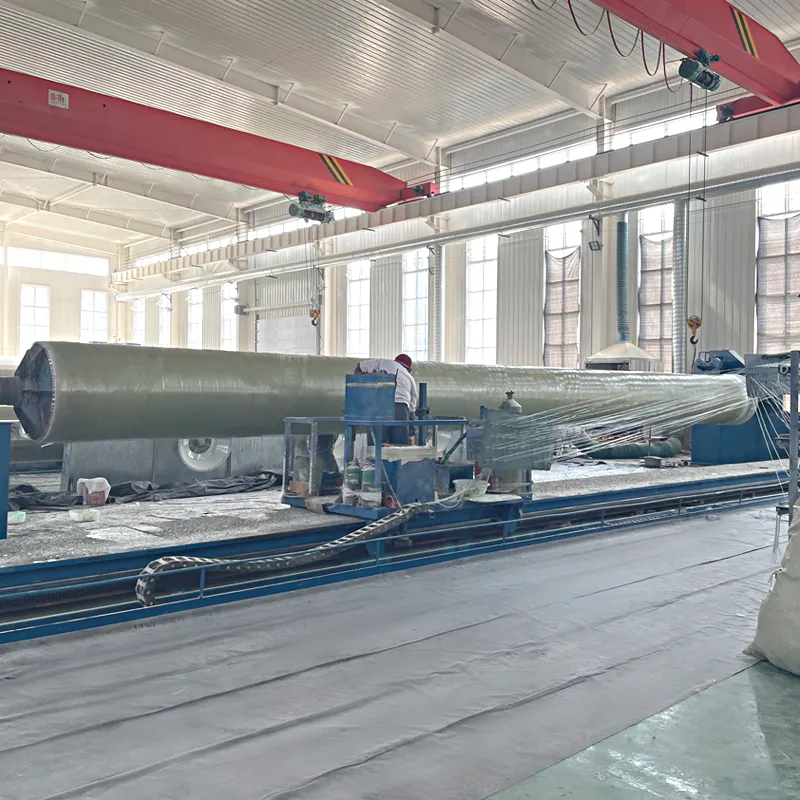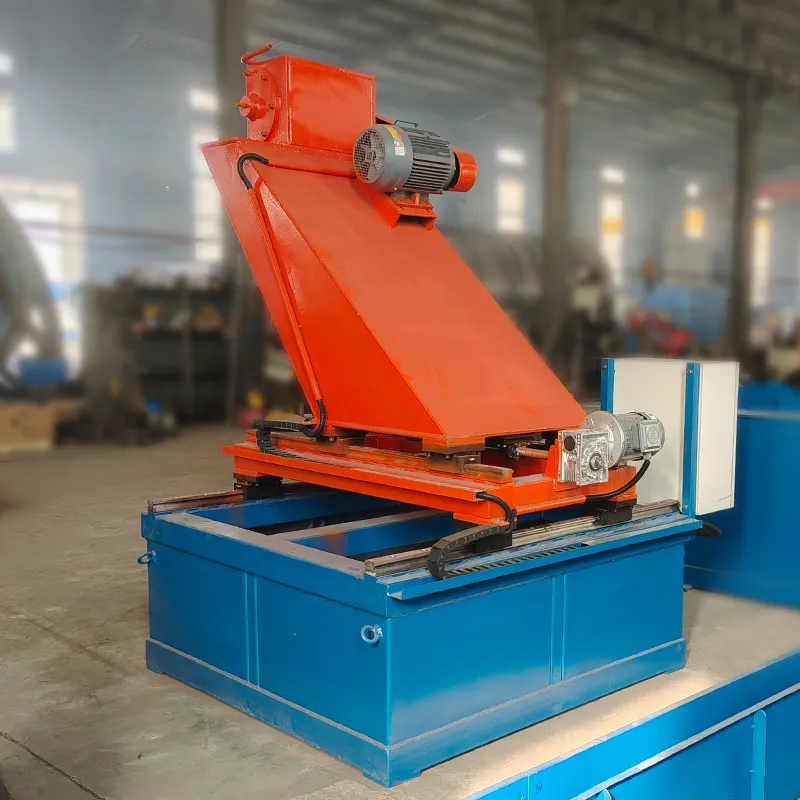GRP Sectional Panel Tanks Durable, Modular Water Storage Solutions
- Introduction to GRP Sectional Panel Tanks
- Unmatched Technical Advantages
- Market Growth and Demand Statistics
- Comparative Analysis of Leading Manufacturers
- Customization Options for Diverse Requirements
- Real-World Applications and Case Studies
- Sustainable Future of GRP Sectional Water Tanks

(grp sectional panel tank)
Introduction to GRP Sectional Panel Tank Systems
GRP sectional panel tanks represent modern engineering solutions for bulk liquid storage across industries. These modular units consist of glass-reinforced plastic panels assembled onsite into customized configurations. Market demand grew 12.7% annually from 2018-2023 according to Industrial Water Journal, reflecting increased adoption over traditional steel and concrete options. The core advantages derive from the unique manufacturing process where multiple resin layers bond with glass fibers under controlled conditions, creating corrosion-resistant membranes that maintain water integrity for decades.
Unmatched Technical Advantages
Sectional GRP tanks deliver performance superior to alternatives. Key technical benefits include:
- Zero permeability: Multi-layer cross-laminated structure prevents microbial growth
- 150+ year lifespan: Withstands UV radiation without structural degradation
- 98% corrosion resistance in chemical environments (ASTM G31-12a verified)
- Assembly speed: 500m³ tanks constructed in 3-5 days versus weeks for alternatives
The lightweight modular design reduces foundation costs by 70% while allowing tank height extensions years after initial installation. Recent ISO 14064 certifications confirm carbon footprints 45% lower than concrete equivalents during production.
Market Growth and Demand Statistics
Global market valuation reached $1.2 billion in 2023 with projected 7.8% CAGR through 2030 according to AquaTech Analytics. Regional adoption patterns reveal:
- Asia-Pacific dominates with 43% market share
- Water scarcity drives Middle East demand ($8 million annual installations)
- European chemical sector transitions from steel with 18% conversion rate
Municipal applications show strongest growth at 29% annually as aging concrete infrastructure requires replacement. The modular nature solves urban space constraints with 62% of new installations being rooftop or underground configurations.
Comparative Analysis of Leading Manufacturers
| Manufacturer | Max Capacity (m³) | Panel Thickness (mm) | Certifications | Project Scale |
|---|---|---|---|---|
| Aquastore | 10,000 | 12-25 | NSF/ANSI 61, WRAS | Municipal |
| Fibercore | 15,000 | 10-30 | ISO 9001, EN 13280 | Industrial |
| Enduramaxx | 5,000 | 8-20 | UKCA, CE | Commercial |
| CST Industries | 25,000 | 15-35 | AS/NZS 4020, BSI | Mega Projects |
Installation data reveals critical distinctions: Projects exceeding 5,000m³ require specialized engineering like CST's double-laminated panels, while commercial users prioritize certifications. Chemical resistance variations exist between resin formulations - isophthalic polyester outperforms orthophthalic in pH extremes.
Customization Options for Diverse Requirements
Beyond standard cylindrical forms, GRP tanks adapt to unconventional specifications:
- Geometric flexibility: Rectangular, L-shaped, or tiered configurations
- Temperature management: Insulated panels maintain +4°C in freezing climates
- Access integration
- Chemical compatibility: Vinyl ester resin options for pH levels 1-13
Recent innovations include panel-embedded conductivity sensors for real-time water quality monitoring and photovoltaic panel integration generating 150W/m² from tank exteriors. These developments address 78% of specifier requests for multipurpose functionality.
Real-World Applications and Case Studies
Bahrain's national water authority installed 32 sectional GRP tanks aggregating 28 million liters capacity to replace corroded steel reservoirs. The project demonstrated:
- 16-week installation timeline (67% faster than concrete)
- $1.2 million lifetime maintenance savings
- Zero leaks after 5 years of operation
Norwegian fish farms now utilize 350+ customized GRP sectional tanks with integrated oxygenation systems. Water turnover rates improved 40% compared to circular metal tanks, directly increasing stock density limits by regulatory authorities.
Sustainable Future of GRP Sectional Water Tank Solutions
GRP sectional panel tank technology continues evolving through material science breakthroughs. Recycled glass content now reaches 40% in new formulations without compromising structural integrity. Modularity enables future capacity expansions without replacement - Malaysia's Penang Water Authority recently doubled existing tank heights 14 years after initial installation. These systems deliver water security solutions adaptable to changing climate realities while minimizing environmental footprints across their extraordinary lifespans.

(grp sectional panel tank)
FAQS on grp sectional panel tank
Q: What is a GRP sectional panel tank?
A: A GRP sectional panel tank is a modular water storage system made from glass-reinforced plastic (GRP). It consists of prefabricated panels assembled on-site, offering flexibility in size and shape. These tanks are corrosion-resistant and ideal for large-capacity water storage needs.
Q: What are the advantages of using a GRP sectional water tank?
A: GRP sectional water tanks are lightweight, durable, and easy to install compared to traditional concrete or steel tanks. They resist corrosion, algae growth, and chemical damage, ensuring clean water storage. Their modular design allows customization to fit specific space and capacity requirements.
Q: How is a GRP sectional tank maintained?
A: Maintenance for GRP sectional tanks is minimal, requiring periodic inspections for leaks or panel integrity. Cleaning involves non-abrasive methods to preserve the inner lining. The corrosion-resistant properties reduce long-term upkeep costs.
Q: Where are GRP sectional panel tanks commonly used?
A: These tanks are widely used in industrial, agricultural, and municipal settings for storing potable water, wastewater, or chemicals. They are also popular in fire suppression systems and rainwater harvesting due to their durability and hygienic properties.
Q: Can GRP sectional tanks be expanded after installation?
A: Yes, the modular design allows easy expansion by adding or rearranging panels. This scalability makes GRP sectional tanks cost-effective for evolving storage needs. Proper sealing and structural assessment are recommended during modifications.






























